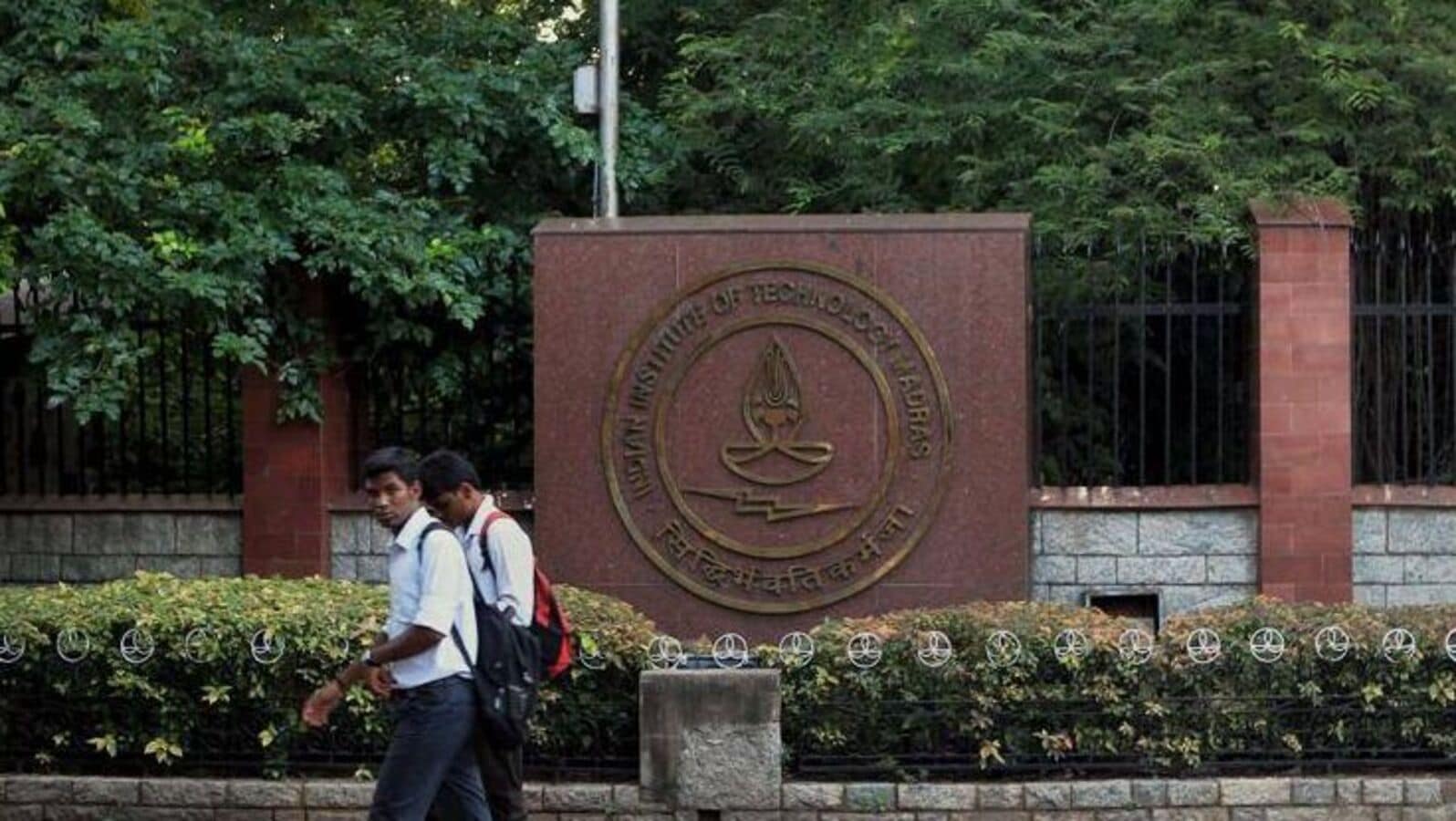How can students enter the programme?
The IIT Madras BS in Data Science & Applications programme offers multiple pathways for students to enter, primarily through a Qualifier process or direct entry routes based on previous qualifications.

Certainly. The IIT Madras BS in Data Science & Applications programme offers multiple pathways for students to enter, primarily through a Qualifier process or direct entry routes based on previous qualifications.
Here are the ways students can enter the programme, based on the provided sources:
Regular Entry into Foundation Level (via Qualifier Exam)
- This is a primary method for most applicants to enter the programme.
- Eligibility to Apply for the Qualifier Exam:
- Applicants must have studied Mathematics and English in Class 10.
- Anyone who has passed Class 12 or equivalent is eligible to apply, regardless of age or academic background. Those who qualify can join immediately.
- School students who have appeared for their Class 11 final exams can also apply, irrespective of their stream or board. If they qualify, they can join after passing Class 12.
- The Qualifier Process:
- Regular entry applicants must undergo a 4-week process.
- Access is provided to content for four Foundation level courses: English 1, Maths-1, Statistics-1, and Computational Thinking.
- Weekly graded assignments are released and must be submitted.
- Eligibility to Appear for the Qualifier Exam:
- Based on the average score of weekly assignments in each of the four subjects.
- Minimum average assignment scores are required to get the hall ticket for the in-person proctored exam. These minimums vary by candidate category (General, SC/ST/PwD, OBC-NCL/EWS).
- Passing the Qualifier Exam:
- An in-person proctored exam is conducted at the end of the 4 weeks.
- To pass, a learner must obtain marks equal to or greater than the individual subject cut-off and the total score across all subjects must be greater than the total cut-off. The cut-off marks are specified based on the candidate’s category.
- Upon Qualification:
- Candidates who qualify are intimated via email, WhatsApp, and within their portal login. An admission letter is also provided.
- It is important to note that passing the Qualifier is not admission to a degree programme. It makes the learner eligible to register for the set of Foundation courses. Diplomas or degrees are earned only by accruing the requisite number of credits by completing prescribed courses and satisfying other mandatory criteria.
- The qualifier score is valid for the three subsequent terms for registration to the Foundation level.
- Candidates who qualify in the first attempt within a term can register for courses in the same term (where the qualifier score counts as Quiz 1) or in the next two terms. Those who qualify in the second attempt within a term can only register from the subsequent term.
- Reattempting the Qualifier: There are two attempts within any term. Candidates who were eligible for the hall ticket but were absent or failed the first attempt can re-attempt the exam by paying a fee. Candidates who did not become eligible for the qualifier exam must redo the 4-week process and pay the full fees for a fresh application in a subsequent term. There is no limit on the number of times a candidate can attempt the qualifier process.
JEE-based Entry into Foundation Level
- This offers a direct entry into the Foundation level for students who have qualified for the JEE Advanced Exams.
- The validity of this direct entry is for the three terms following the release of the JEE Advanced Eligibility list.
- Process: Applicants apply to the Qualifier process, indicate their eligibility for JEE Advanced, and upload valid proof.
- Outcome: If the proof is valid, the candidate is declared eligible to join the Foundational level courses, issued an admission letter, and can directly register for courses with a Credit Clearing Capability (CCC) of 4. If the proof is invalid, the candidate is moved to the regular entry category and must go through the standard qualifier process.
Direct Entry into Diploma Programme (DAD)
- This pathway is designed for working professionals or learners who already possess the fundamental knowledge taught in the Foundation level.
- The entry point is directly into the Diploma level. The potential exit point from this route is one or both Diplomas.
- Eligibility to Apply: Students who have completed two years in any undergraduate degree programme are permitted to apply for direct entry to the Diploma level. Proof, such as their second-year marksheet or higher, must be submitted.
- Qualifying Process:
- A separate Direct Admission to Diploma (DAD) qualifier exam is conducted. These exams happen three times a year, coinciding with the programme’s end-term examinations.
- There are separate DAD qualifier exams for the Diploma in Programming (DAD-DP) and the Diploma in Data Science (DAD-DS).
- The DAD-DP qualifier is a 3-hour exam covering English, Aptitude, and 6 weeks of Maths 1 content. Students who pass this would then study Computational Thinking, Introduction to Python before starting the Programming Diploma subjects.
- The DAD-DS qualifier is a 4-hour exam covering English, Maths 1, Statistics 1, and Python programming. Students who pass this would then start with Maths 2 and Statistics 2 before continuing with Data Science Diploma subjects.
- Candidates must cross the defined cut-off marks in the DAD Qualifier exam to be eligible. Cut-off marks vary by category.
- Passing the DAD-DS qualifier makes a student eligible to pursue the Diploma in Programming without a further qualifier, but passing the DAD-DP qualifier requires sitting the DAD-DS qualifier if the student wishes to pursue the Diploma in Data Science (because Maths 1 and Statistics 1 were not part of the DAD-DP exam).
In summary, students can initially enter the IITM BS programme through a regular Qualifier exam process for the Foundation level, a direct entry route into the Foundation level for eligible JEE Advanced candidates, or a direct entry route into the Diploma level via a separate DAD qualifier exam.





